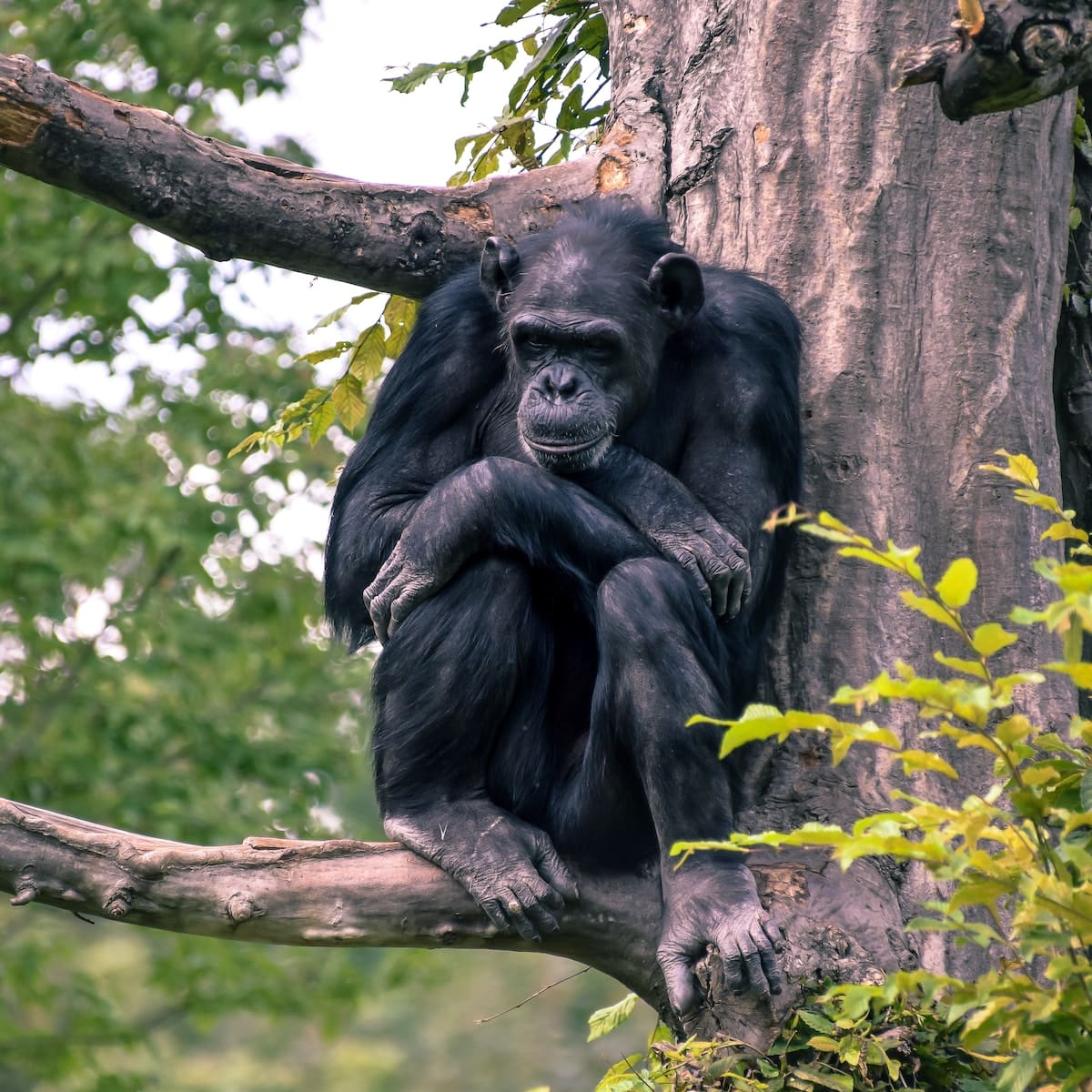According to recent studies, scientists have found that 8.7 million species of animals are there on Earth, and these counts change every day. Therefore the classification of animals is a very tough task. On the most basic level, scientists have classified animals into six categories that are invertebrates, fish, reptiles, amphibians, mammals, and birds.
The primate is a subgroup of mammals that includes, Apes and are categorized into two subgroups: the Lesser Apes and the Great Apes. Therefore, Gorillas are a separate genus within the Apes. And Gorillas are the largest living primates on the earth, according to recent studies.
Key Takeaways
- Gorillas belong to the great ape family, while the term “ape” encompasses several species, including gorillas, orangutans, and chimpanzees.
- Gorillas are the largest primates, with adult males weighing up to 440 pounds.
- Apes are more intelligent and exhibit more advanced social behaviors than other primates.
Gorilla vs Ape
Gorillas are the largest living primates and are part of the family Hominidae and genus Gorilla. They are primarily herbivorous and live in groups led by a silverback. Apes are a group of primates native to Africa and Asia, characterized by their lack of a tail and large brain size.

Gorillas are the biggest primates and herbivores in nature, but sometimes, they also eat termites, ants, and other small insects or species. Gorillas are larger as compared to other Apes and live in groups led by a dominant male group of Gorillas. And they share ninety-eight percent of DNA with human beings.
Apes are normally seen in African and Asian continents. They have lots of characteristics of humans and possess subtle human body structures. Humans and other Apes share common Ape like ancestors. Apes are omnivores which means that they eat both meat and plants.
Comparison Table
| Parameters of Comparison | Gorilla | Ape |
|---|---|---|
| Definition | Gorillas are subunits of Apes. Unlike other Apes, Gorillas are ground-dwelling Apes found in the tropical rainforest of Africa. | By definition, an Ape is a large anthropoid, does not have a tail, and has long arms. |
| Size and Shape | Gorillas are large when compared to Apes and have larger stomachs than their chest area. | The lesser Apes are small in size while the great Apes are large. |
| Number of Species | There is a total of two species of gorillas five thousand eastern gorillas and three lakh sixteen thousand western gorillas. | There are twenty living species of Apes in the world including the Gorillas. |
| Life span | Gorillas possess an average life span of between thirty-five to forty years. | Each Ape has a different life span, the life span of a chimpanzee is 39 years while that of a monkey is 29 to 30 years, etc. |
| Habitat | Gorillas are found in lowland rainforests and some of them are found in bamboo forests also. | Mostly found in the tropical rainforest area of Aisa, central America, South America, etc. |
What is Gorilla?
Gorillas are categorized under the great apes. Gorillas live in small family groups, and the group leader is called the silverback, the strongest in the group, and protects the whole family. The offspring of Gorillas are called infants. Like other mammals, infant Gorillas are fed by drinking their mother’s milk.
All Gorillas have opposable thumbs and have no tail, and can recognize the differences in a human voice. The skin of Gorillas is dark, while the hairs are dark brown or brown-grey. The Gorillas also use sticks as a tool to search for food or prey. They costume vegetarian diets like bamboo, fruits, plants, etc.
Gorillas are very social and do not express much aggression. It is very rare to see Gorillas fighting for food. Usually, the Gorillas are quadruplets, mammals that walk on four legs.

What is Ape?
The Apes originated approximately 2.5 million years ago in Africa and are the nearest human relatives. There are two categories of Apes, the Great Apes, which are found in Africa and Asia, and the Lesser Apes, which are found in the evergreen tropical rainforest of Asia.
The Great Apes’ example comprises Gorillas, Chimpanzees, orangutans, and human beings. As the name describes, Great Apes are larger as compared to Lesser Apes and are ground-dwelling Apes. The example of Lesser Apes comprises gibbons and siamangs, and both are small in size. And their diet also differs from each other.
All Apes live in a small family group, just like humans. Apes also gave birth to their offspring after a gestation period of eight and a half months and took care of their babies for many years.

Main Differences Between Gorilla and Ape
- Gorillas are ground-dwelling Apes having strong body structures and average arms size. Whereas Ape is a large anthropoid, does not have a tail, and has long arms.
- Apes are found in the tropical rainforest area of Asia, Central America, South America, etc. While Gorillas are found in lowland rainforests, and some of them are found in bamboo forests, also.
- Gorillas possess an average life span of between thirty-five to forty years. Whereas each Ape has a different life span, the life span of a chimpanzee is 39 years while that of a monkey is 29 to 30 years, etc.
- There are twenty living species of Apes in the world, including Gorillas. In contrast, there is a total of two species of Gorillas, Eastern Gorillas and Western Gorillas.
- Gorilla possesses a domed skull and small brain but is more intelligent than Apes. In contrast, Apes have rounded skulls and large brain sizes.




